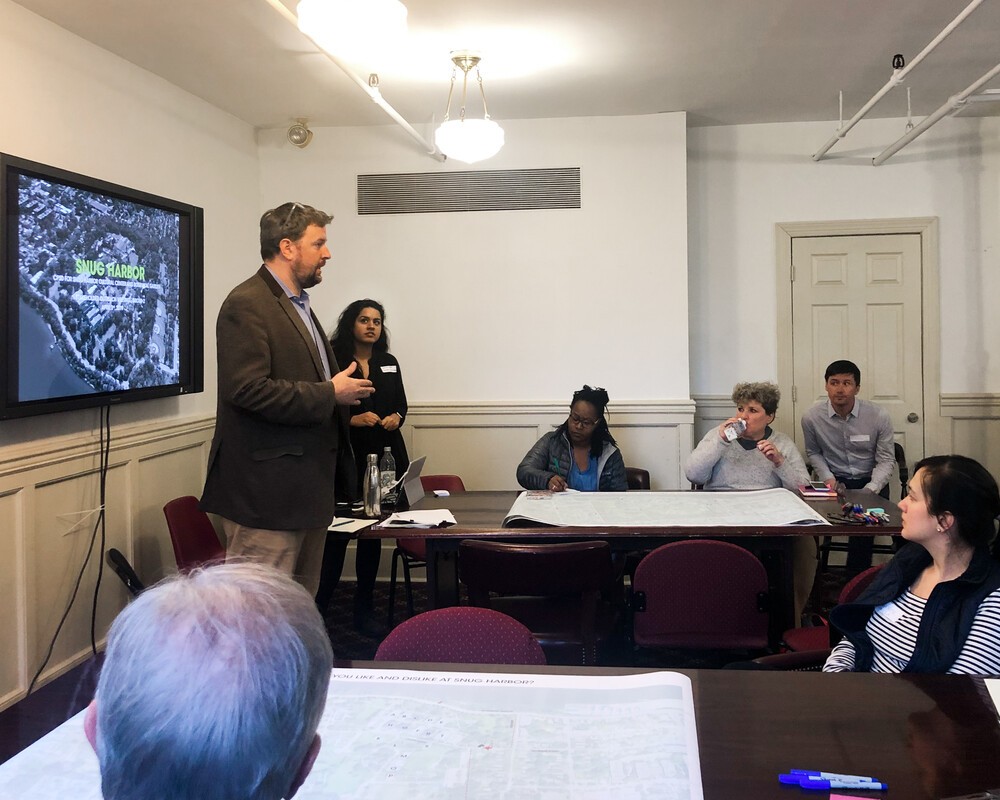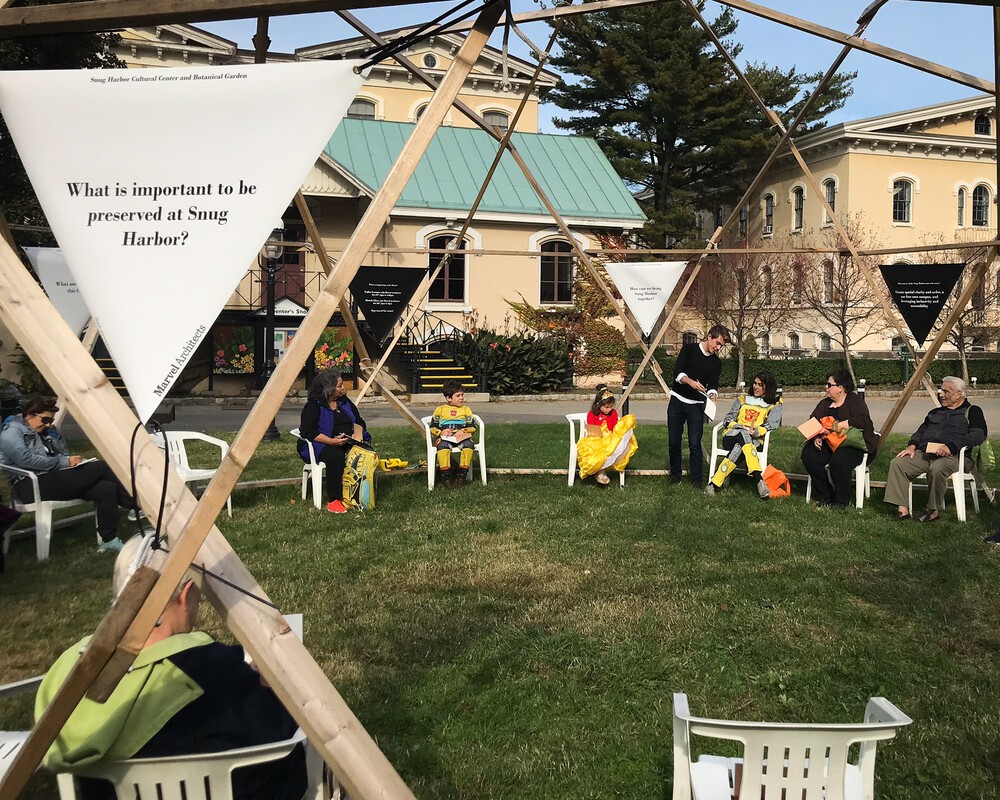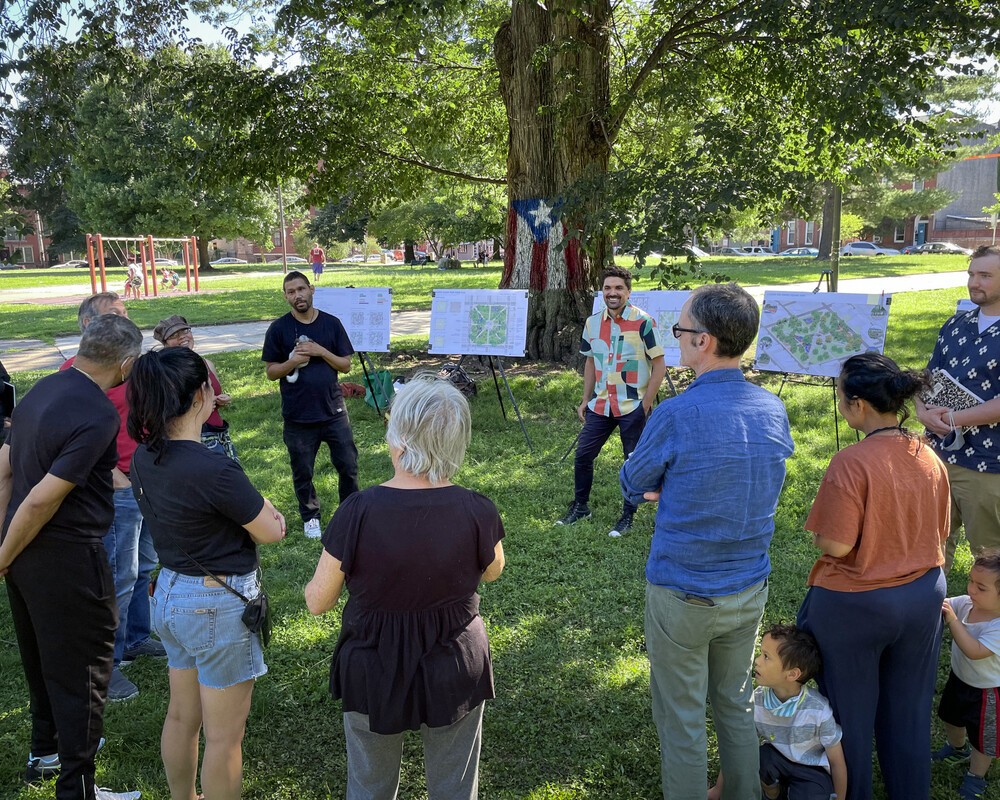
Why we should redefine “community” for each planning exercise.
Why we should redefine “community” for each planning exercise.
Planning with intention for Inclusion and Equity
Who or what makes a community?
We as designers should center our design process and approach around people. Communities are the ones that determine the success of our designs, and therefore it is imperative to work with communities to ensure we incorporate the needs and vision. But who or what makes a community? Some groups that come to mind are neighbors, users, visitors, groups who take care of the area, community board members, community leaders and elected officials. It’s never the same for a project and should not be.
Who gets to decide the voices to be included? Traditionally, the community is defined from the top-down, by select group of city agencies and clients. This can obfuscate certain groups of people and leave them out of the planning process.
But what if, we, the design team worked with the client team to identify relevant parties? Let’s ask the community! Let’s speak with community leaders who might help identify other stakeholders to include in engagement conversations. This is especially important because underrepresented or diverse communities can be overlooked in initial conversations, requiring designers to continue searching for new avenues to reach the whole community.

Revisiting the definition of community, and re-engaging with that expanded community.
One way to ensure inclusion and equity in planning is continuing to revisit community after every pause, every update to the document, and every time there is a significant global event that might impact the outcome of our exercise—not just at the start of a planning exercise. We need to ask leaders in the neighborhood or communities who the relevant groups are. This not only ensure maximum participation, but also helps us build trust with people who have often been marginalized through history.
Including input from the communities can help ground the design of the projects and build upon values presented by the community. This can be reflected in the historic context – like in Norris Square Park design where the Puerto Rican culture was overlayed on the colonial understanding of the Philadelphia squares. It can also reflect current social trends such as the pandemic, climate justice, social justice, etc. Just in the last two years, there has been a dramatic shift in how we use our spaces, both public and private. Without reconnecting with communities, valuable information about their current needs could be ignored. Additionally, throughout the months and years of a planning project, new groups could emerge, again altering the community landscape and requirements.

Acknowledge engagement as an ongoing process.
In the end, the planning documents that we are creating are living documents. They are meant to be used as a guiding document for future development. We often come across many previous versions of master plan documents that we are now working on.
In order to ensure equity in our engagement, we need to reach out far and wide. Not everyone will come to every engagement event, just as not everyone will respond to each method of engagement. Each outreach event presents the opportunity to take in new information and use that to better connect with stakeholders at the next event. Overlaying the information collected enables us to value the quieter voices as much as the loud ones. Providing multiple opportunities for communities to give their input will only reinforce that we care about the feedback and sharing our findings and tying them to specific design interventions further supports the value of their input.
That being said, it is our responsibility to also be mindful of engagement fatigue. We want people to talk to us, but sometimes that can feel repetitive to the communities we are engaging with. To overcome this cycle, we need to do our homework regarding the success and failures of past engagement exercises. We need to ensure that we share back outcomes and ask focused questions, and facilitate events to that build trust and consensus. Only then are we able to equitably design everywhere, for everyone.

